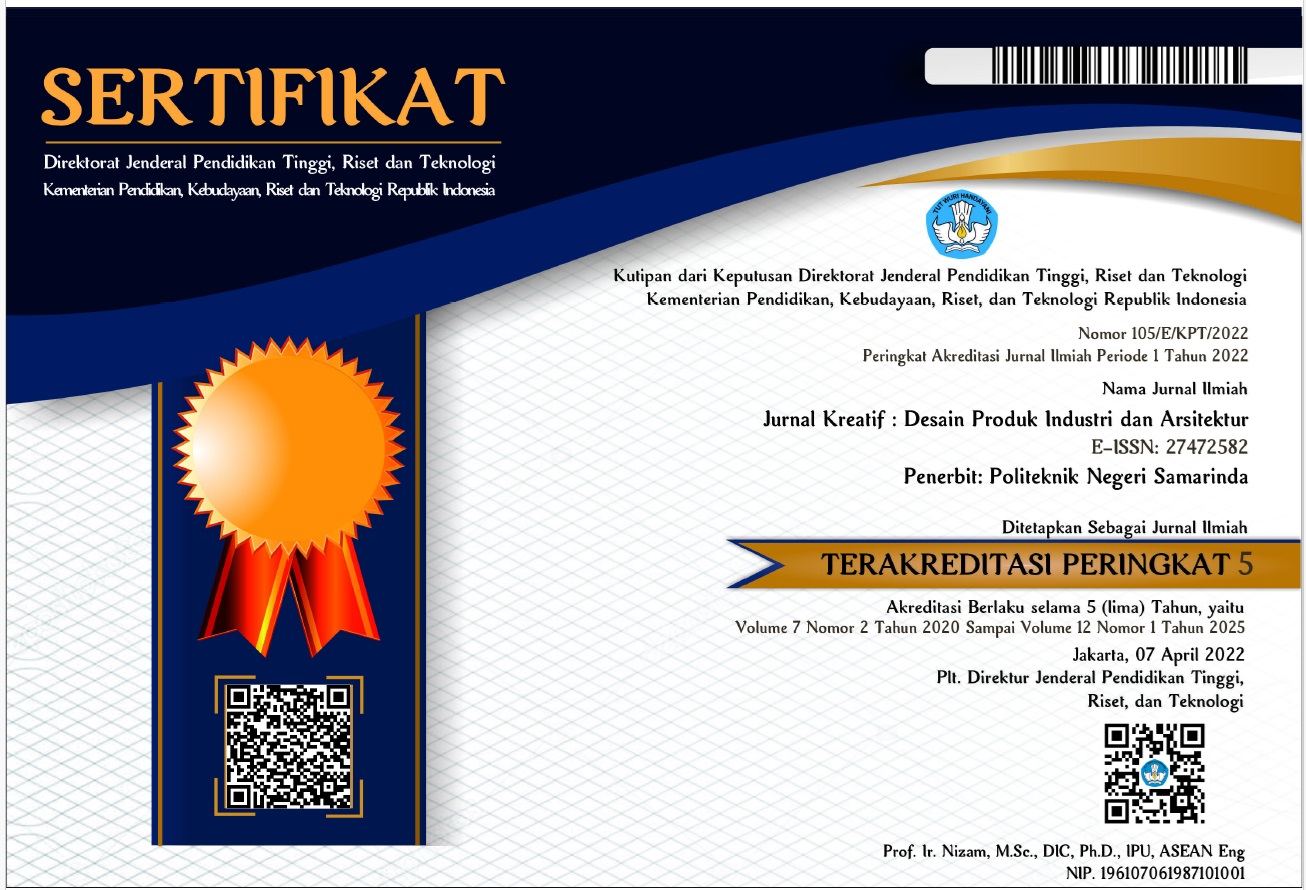KAJIAN MAKNA PANIL 13, PADA RELIEF LALITAVISTARA CANDI BOROBUDUR
 Abstract views: 685
,
Abstract views: 685
,
 pdf downloads: 588
pdf downloads: 588
Abstract
Borobudur temple in Indonesia as the largest temple is the ancestral filled with meaning stored in it. both in terms of shape, dimensions, levels, and reliefs. The reliefs depict an ongoing narrative between the panels with other woods panels forming the course of a story. To learn the hidden meaning in these panels can be used several methods. one of which is a method of iconography. with this method in order to obtain proper perspective to understand the background of an object being observed so that helps provide information on the history, politics, and life at a time. so as to know what the meaning is stored in one of the panels.
Candi Borobudur sebagai candi terbesar di Indonesia merupakan peninggalan nenek moyang yang penuh dengan makna yang tersimpan di dalamnya. Baik dari sisi bentuk, dimensi, tingkatan maupun reliefnya. Relief-relief tersebut menggambarkan suatu cerita yang berkesinambungan antara panil satu dengan panil lainnya membentuk jalannya sebuah cerita. Untuk mempelajari makna yang tersembunyi pada panil tersebut dapat digunakan beberapa metode. Salah satunya adalah metode Ikonografi. Dengan metode ini agar dapat diperoleh sudut pandang yang tepat untuk memahami latar belakang suatu objek yang diamati sehingga membantu memberi keterangan mengenai sejarah, politik, serta kehidupan pada suatu masa. Sehingga dapat diketahui apa makna yang tersimpan dalam suatu panil tersebut.
Downloads
References
Holt, Claire, 2000, Melacak Jejak Perkembangan Seni di Indonesia, terjemahan Prof. Dr.
RM. Soedarsono, Arti Line, Bandung
Magetsari, Noerhadi, 1997, Candi Borobudur, Rekonstruksi Agama dan Filsafatnya, Fakultas
Sastra Universitas Indonesia, Jakarta
Maulana, Ratnaesih, 1992, Siva Dalam Berbagai Wujud, Suatu Analisis Ikonografi di Jawa
Masa Hindu-Budha, UI, Jakarta
Panofsky, Erwin, 1955, Meaning in the Visual Arts, The University Chicago Press, Chicago
Rohyani, Siti, 2004, Skenario Penggambaran Relief Karmawibhanga di Candi Borobudur,
UI, Jakarta
Saidi, Acep Iwan, 2008, Narasi Simbolik Seni Rupa Kontemporer Indonesia, Isacbook,
Yogyakarta
Santoso, JO, 2008, Arsitektur Kota Jawa, Kosmos, Kultur dan Kuasa, Centropolis, Bandung
Soekmono, 1981, Pengantar Sejarah Kebudayaan Indonesia 2, Kanisius, Yogyakarta
Soetarno, 2002, Aneka Candi Kuno di Indonesia, Dahara Prize, Semarang
SP, Soedarso, 2006, Trilogi Seni, Penciptaan Eksistensi dan Kegunaan Seni, BP ISI,
Yogyakarta
Authors who publish with this journal agree to the following terms:
- Copyright on any article is retained by the author(s).
- The author grants the journal, right of first publication with the work simultaneously licensed under a Creative Commons Attribution License that allows others to share the work with an acknowledgment of the work’s authorship and initial publication in this journal.
- Authors are able to enter into separate, additional contractual arrangements for the non-exclusive distribution of the journal’s published version of the work (e.g., post it to an institutional repository or publish it in a book), with an acknowledgment of its initial publication in this journal.
- Authors are permitted and encouraged to post their work online (e.g., in institutional repositories or on their website) prior to and during the submission process, as it can lead to productive exchanges, as well as earlier and greater citation of published work.
- The article and any associated published material is distributed under the Creative Commons Attribution-ShareAlike 4.0 International License













